Retrofitting Existing Vessels
The retrofitting of existing vessels with selective catalytic reduction systems is emerging as a significant driver in the Offshore Marine Selective Catalytic Reduction System Market. Many older ships are not equipped with the latest emission control technologies, which poses a challenge in meeting current environmental regulations. Retrofitting these vessels with advanced systems allows shipowners to comply with regulations without the need for new builds. This approach is not only cost-effective but also extends the operational life of existing fleets. Industry reports indicate that retrofitting could account for a substantial portion of the market, with estimates suggesting that over 30% of the market growth may stem from retrofitting initiatives. Consequently, the Offshore Marine Selective Catalytic Reduction System Market is likely to benefit from this trend as more operators seek to upgrade their fleets.
Economic Incentives and Funding Opportunities
Economic incentives and funding opportunities are emerging as critical drivers in the Offshore Marine Selective Catalytic Reduction System Market. Various governments and organizations are offering financial support to encourage the adoption of emission reduction technologies. Grants, subsidies, and tax incentives are being implemented to alleviate the financial burden on shipowners investing in selective catalytic reduction systems. These economic measures not only promote compliance with environmental regulations but also stimulate market growth by making advanced technologies more accessible. Reports suggest that regions with robust funding programs are witnessing accelerated adoption rates of these systems. Consequently, the Offshore Marine Selective Catalytic Reduction System Market is likely to experience enhanced growth prospects as financial incentives continue to play a pivotal role in shaping investment decisions.
Technological Advancements in Catalytic Systems
Technological advancements play a pivotal role in shaping the Offshore Marine Selective Catalytic Reduction System Market. Innovations in catalytic materials and system designs are enhancing the efficiency and effectiveness of these systems. For example, the development of high-performance catalysts that operate at lower temperatures is making selective catalytic reduction systems more viable for a broader range of marine applications. Furthermore, the integration of digital technologies, such as real-time monitoring and control systems, is improving operational efficiency and reducing maintenance costs. These advancements not only enhance the performance of existing systems but also attract new investments into the market. As a result, the Offshore Marine Selective Catalytic Reduction System Market is likely to witness a robust growth trajectory, driven by the continuous evolution of technology.
Regulatory Compliance and Environmental Standards
The Offshore Marine Selective Catalytic Reduction System Market is experiencing a surge in demand due to stringent regulatory compliance and environmental standards. Governments and international bodies are increasingly enforcing regulations aimed at reducing nitrogen oxide emissions from marine vessels. For instance, the International Maritime Organization has set ambitious targets for emission reductions, which necessitate the adoption of advanced technologies like selective catalytic reduction systems. This regulatory landscape compels shipowners to invest in these systems to avoid penalties and ensure compliance. As a result, the market is projected to grow significantly, with estimates suggesting a compound annual growth rate of over 10% in the coming years. The pressure to meet these standards is driving innovation and investment in the Offshore Marine Selective Catalytic Reduction System Market.
Increasing Demand for Sustainable Shipping Solutions
The growing emphasis on sustainable shipping solutions is significantly influencing the Offshore Marine Selective Catalytic Reduction System Market. As stakeholders, including consumers and investors, increasingly prioritize environmental responsibility, shipping companies are compelled to adopt cleaner technologies. Selective catalytic reduction systems are recognized for their ability to substantially reduce harmful emissions, aligning with the sustainability goals of the maritime sector. This shift towards sustainability is not merely a trend; it is becoming a fundamental aspect of business strategy for many shipping companies. Market analyses indicate that the demand for sustainable solutions is expected to drive a notable increase in investments in emission control technologies, including selective catalytic reduction systems. Thus, the Offshore Marine Selective Catalytic Reduction System Market is poised for growth as the industry adapts to these evolving expectations.


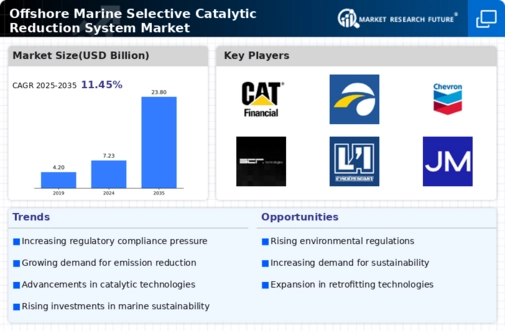
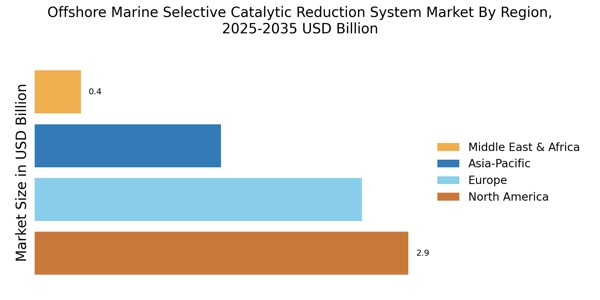

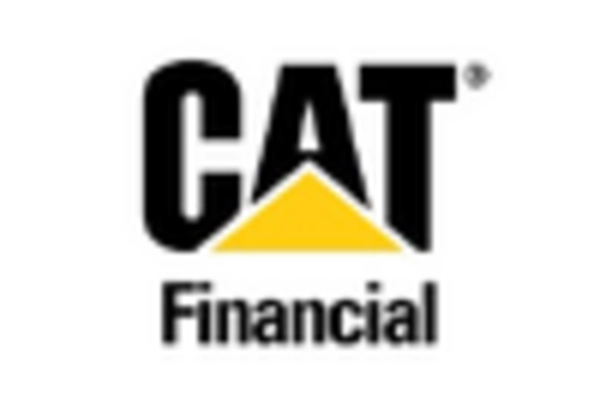
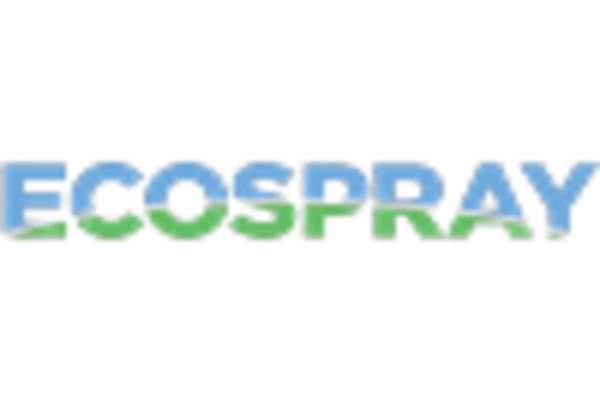
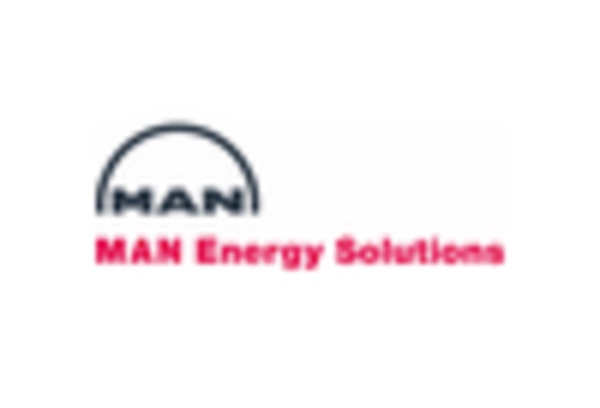
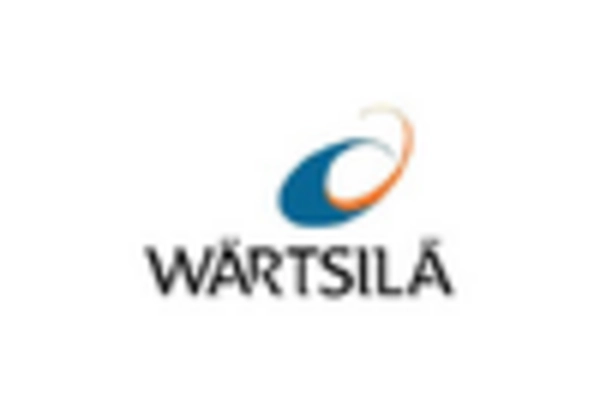
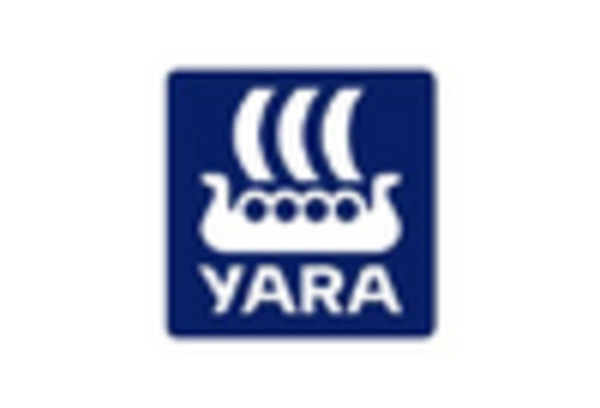








Leave a Comment